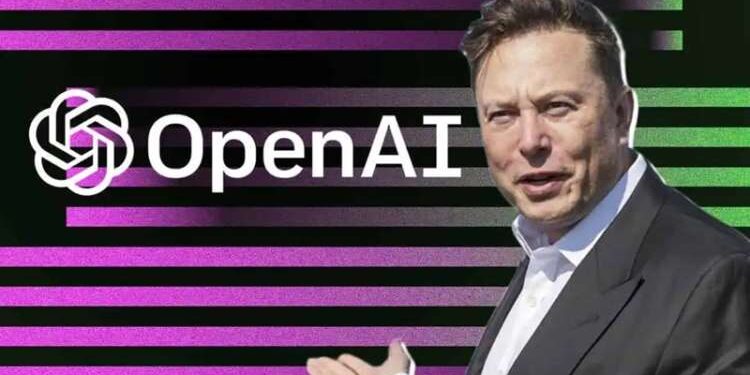Behind the scenes of artificial intelligence, Elon Musk takes a position for transparency. By making public the Grok code, its latest AI model, it shakes the foundations of a sector often obscured by secrecy. This ambitious approach announces a radical change in the way AI is developed and perceived.
Elon Musk, an emblematic figure of technological innovation, has once again been talked about in the world of artificial intelligence. His recent coup? The announcement, Monday, March 18, 2024, of the release of the Grok IT code, the flagship model of its new IA, XAI company.
This decision, which allows anyone to download and use this software without restrictions or costs, seems to be a direct challenge in Openai, with which Musk is engaged in a mediatized quarrel. Indeed, despite his name, Openai does not share much information on his internal work, which led Musk to criticize society as “closedai”.
This release of code is perceived as a gesture of provocation calculated on the part of Musk, which believes that the AI industry should be more transparent and open. It is also important to note that on February 29, Musk filed a complaint against Openai, alleging a violation of the agreement concluded during the Openai Foundation as a non -profit organization.
He argues that OpenAi’s partnership with Microsoft goes against the founding principles of the non -profit agreement aimed at promoting general and open source artificial intelligence for the benefit of humanity.
However, beyond quarrels, the question that arises is the following: will this action really contribute to the development of AI or is it simply a means for Musk to score points in its rivalry with Openai?
Grok is a wide language model trained by XAI to answer questions similarly to Chatgpt. Although its performance is estimated as competitive with other medium -sized models, its release as an open source model raises questions about the very definition of opening in the field of AI.
Some experts point out that the publication of the Grok code is a first step towards greater transparency in the AI industry. However, others warn against the fact that the complexity of AI models makes real opening and transparency difficult.
In any case, Musk’s decision to open Xai’s doors to all developers marks a turning point in the way companies approach the issue of transparency in the field of AI. It remains to be seen whether this action will have a lasting impact on the industry and if others will follow the example of Musk by making their models more accessible to the general public.








